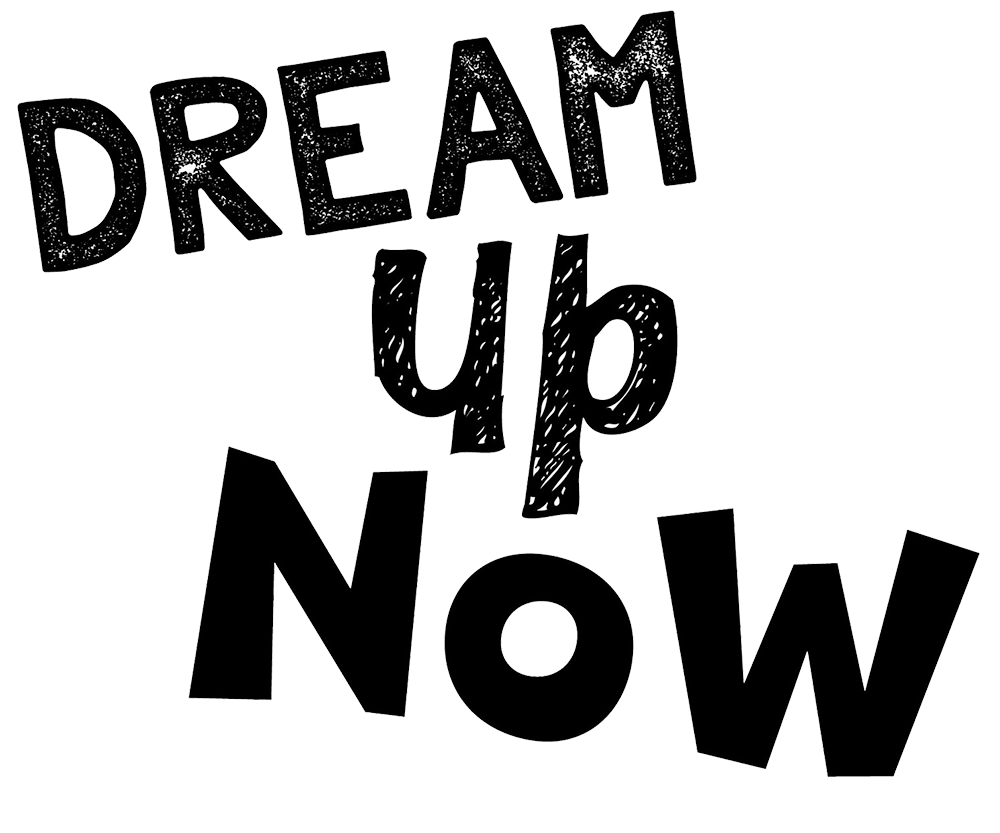This is a guest post from Paul Lonergan, an author, a ghost-writer and a copywriter. For more than 20 years he’s been using words to sell everything from stock-broking services to beauty products to industrial cleaning products and more. And the big secret? The product might change but the techniques don’t. It’s all just product…
Yup. The world has changed. The author as artiste is no more. Whether you’re fixated on a publishing deal, or whether you’re happy with the self-publishing route, both choices have an expectation that you’ll sell your own book with blogs, web sites, PR material, book trailers and you tube videos.
So how hard can it be? You can write, right? So writing words that sell can’t be that different to writing words that entertain, can it? Try polar opposite.
In a nutshell, an author describes the scene, explores the characters, describes the action and keeps the reader enthralled with creative twists and turns. A copywriter, the person in an advertising agency who writes the actual words in a TV ad, brochure or web site, takes description and turns it into benefit. Benefit? In other words, a copywriter comes up with the ‘what’s in it for me?’ By turning features or description into benefit the copywriter makes the reader understand why this product is perfect for the needs, aspirations or desires of the reader. And then tells him how to achieve that desire… by buying the product.
So, resigned to selling? Good. If you’re a writer with a hot book, here’s how to sell it.
1. Benefits vs description. The number one thing all advertising has to do is tell the customer why they should buy the product. In your case, a book. It’s a great page turner, lot’s of exciting action, ideal for romantics, perfect for poolside reading, whatever. Search your own experiences for what you get out of reading and apply those to your particular book. The easiest way to turn features (description) into benefits is to list all the features on the left side of a piece of paper. Ask yourself ‘and that’s better for the customer because…’ Hey presto! Your benefit. For example: XYZ tyres are constructed of silica compound cross-stitched with metal wire. And that’s better for the customer because… it grips the road better in the wet. Take that one step further for a another benefit… and it will save my family’s life.
2. Attention. Many copywriters use a model called AIDA to gauge the effectiveness of the ads they’re writing. If your ad ticks the AIDA boxes then chances are you’ll sell whatever it is you’re selling. The first rule of any ad is to get noticed. That’s the logic behind all those screamy ads, that’s why sex is jumping out of every magazine ad, that’s why humour, controversy and guerrilla tactics are so prevalent. So what’s your hook? Is it the quality of your blog, the number of links to interesting topics, the generosity of your responses, your humour, your notoriety, your controversial views? Pick one, stay with it. See http://www.scottsigler.com/ or http://www.taramoss.com.au for two different, but equally captivating approaches to author sites/blogs. Scott trades on a gung ho gonzo style while Tara uses femininity and celebrity.
3. Interest. Having got some attention for your blog, your web site and your other promotional efforts, the key now is to pique your readers. Interesting titbits about yourself, teaser chapters of your book, some character highlights, media attention you’ve had. Your unique hobbies, your previous career, your achievements. It’s time to blow every trumpet you have.
4. Desire. This where you create the want to buy. Has it been really well reviewed in a paper? Are you offering your first book free with this, your second, book? Is it going out of print soon and there are only 50 copies left? The way Apple markets it’s iphone and ipad is a classic example of creating desire through lots of PR about lack of stock, launch days, fanboy stories and so on. They create a breathless, not-every-one-will-get-one thing so effectively that people queue in the rain and cold to buy. I bow at the feet of the Apple marketing people! We mere mortals will have to settle for more prosaic things like audio snippets, great reviews and book trailers your geeky mate has put together for the promise of dinner and a bottle of red.
5. Action. Tell ‘em what to do, and how to do it. Buy now, enter your details here. Available only at XYZ Booksellers. Click here to get yours. Action, literally, is the action you want someone to take after you’ve enthused them about your product. Make it as easy as possible to buy the book, make any forms and payment options as simple as possible. Present multiple click points. Did I say make it easy? The slightest glitch, complicated payment process or round-about navigation and you’ll sit there wondering where all the orders went.
Okay, there you have it. It’s all just a process!
 I learned a lot from writing and marketing our own book (http://thelittlebookofthrift.com.au/). I used all the tips above and, happily, it seemed to work rather well in terms of marketing the book here in Australia with well over 40 media stories, appearances and articles. A little GFC incentive didn’t do any harm either! If you want to get in touch, I’m on Twitter @thetightwad.
I learned a lot from writing and marketing our own book (http://thelittlebookofthrift.com.au/). I used all the tips above and, happily, it seemed to work rather well in terms of marketing the book here in Australia with well over 40 media stories, appearances and articles. A little GFC incentive didn’t do any harm either! If you want to get in touch, I’m on Twitter @thetightwad.
